External DSP Solutions: Is Acceleration still Worthwhile?
Take a load off your CPU.
Should you use external DSP solutions? What’s the right solution for you? It’s a choice that polarizes both studio and live sound engineers. While some enjoy the flexibility and practicality of freeing up your CPU, others shy away from platform-exclusive plugins or simply prefer hardware processors.
In this Article?
What are External DSP Solutions?
DSP or Digital Signal Processing is the fundamental principle upon which all computer-based music creation is built. Rather than use expensive, dedicated analogue hardware, use software and a processor to create or modify a sound instead.
Of course, this means you need a powerful processor, and it can place heavy demands upon your computer.
Currently, serious competition in the computer chip market means CPU performance is constantly improving. This makes it easy for most entry-level laptops and desktops to deal with any and all of the industry-standard audio plug-ins you might be using.
You can see how this reduces the demand for dedicated DSP processors, combined with the fact that some hardware-exclusive plug-ins are now available through subscription.
However, there are still plenty of reasons to use external DSP. Not every studio can simply replace its central Mac or PC every time a new model gets released. Apart from the considerable expense, it’s more practical to expand your DSP system and plug-in library instead.
What’s different about external DSP?
When you look at the spec sheet of a typical external DSP solution, you may find the hardware specs underwhelming. Remember though, that these systems aren’t running an OS or a DAW system. They’re simply doing the legwork of the audio plug-ins currently active.
Importantly, they have all the processing power you’ll need for this task; the manufacturers are well aware of the software’s demands. Many DSP solutions you’ll find are incorporated into audio interfaces. Don’t be afraid, as they are usually also equipped with decent AD/DA conversion.
In the long run, upgrading your DSP and interface to meet new standards can become expensive, especially with high-end solutions. So using a DSP/interface combo can prove decent value if you find one that suits your setup.
Which External DSP system is best for me?
Dedicated DSP is certainly nothing new, but the solutions are scaled to meet the requirements of the various applications. From small home and project studio setups to large TV and Film production facilities. DSP is also widely used in live sound due to its practicality, from venue installations to touring rigs.
External DSP Solutions: Universal Audio Apollo Solo Thunderbolt 3 Heritage Edition
For an interface with such a basic feature set, the Apollo Solo could seem pricey. There are plenty of decent options that give you decent mic preamps, AD/DA conversion, and a good headphones preamp for less.
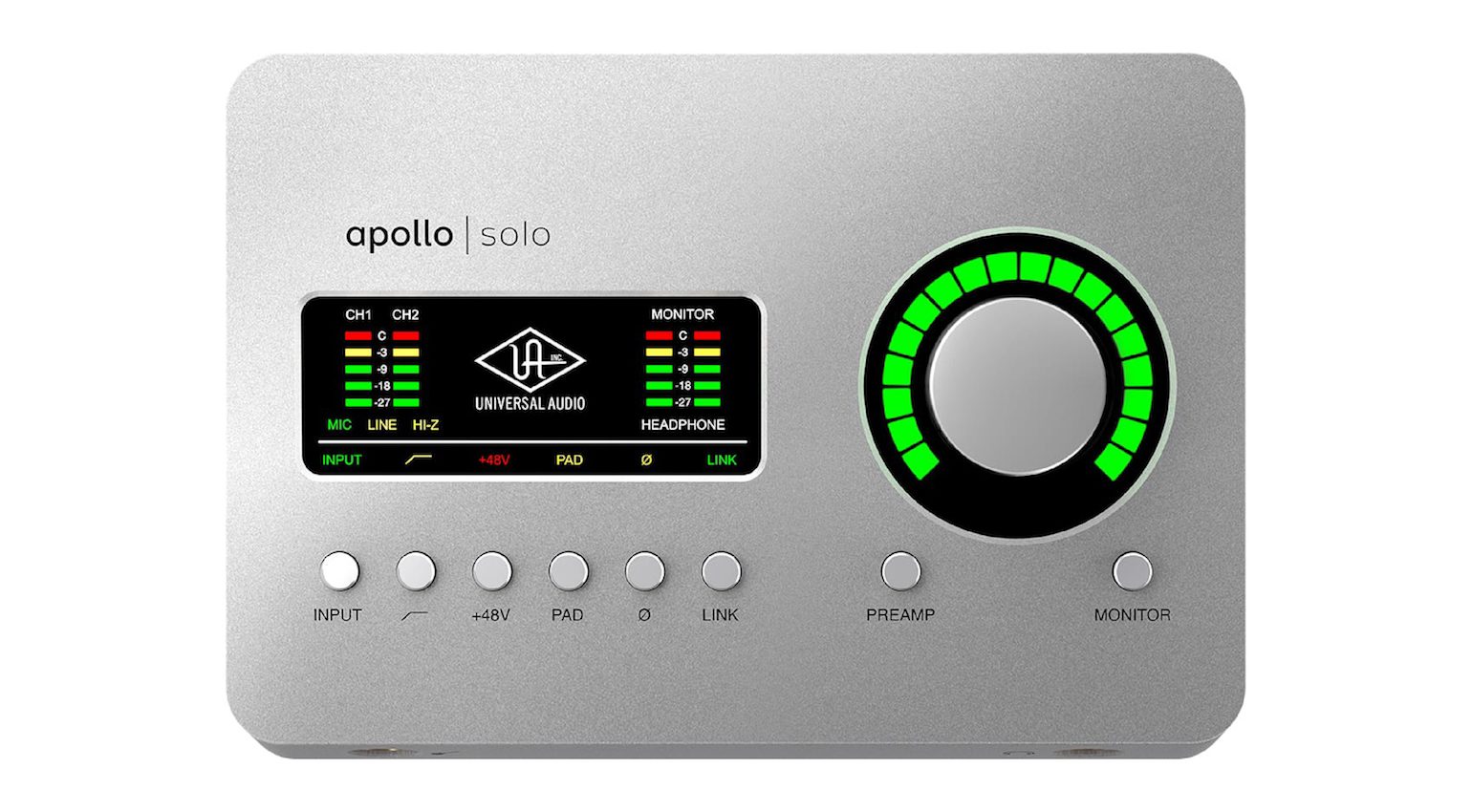
However, this is the ticket into the UAD real-time DSP world. The Apollo Solo is perfect for home recording artists or small podcasts, as it provides all the basic recording necessities.
In addition, you get access to UAD’s top-shelf plug-ins in a way that provides low enough latency for tracking. Sure, there might not be enough power to process your 200-channel monster mixes, but it’s a great starter kit.

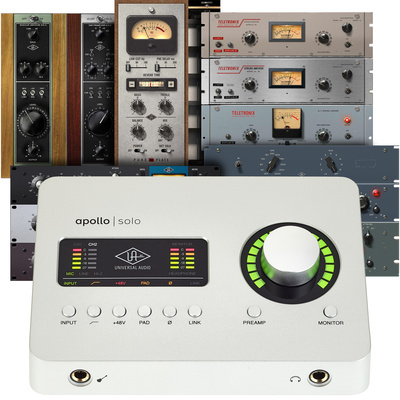
External DSP Solutions: Universal Audio Apollo X Gen 2
The Apollo audio interface series has been one of the best DSP solutions on the market for some time. The range has options starting from just under $1000 for a Twin X with a UAD-2 Duo processor, all the way up to the x8 with a 6-core SHARC DSP system that goes for almost $3000.

Yes, they are expensive, but you are paying for a reliable audio interface with decent conversion and preamps, not just a DSP engine. In many ways, the Apollo series carried on where the famous Avid 192 I/O Pro Tools HDX interfaces left off. The difference is that you aren’t limited to using a DAW from the same manufacturer, and there are more affordable options in the Apollo range that at least give you a tasty chunk of the features.
As the Apollo series was updated to its second generation relatively recently, it’s a good time to get one. However, if you are planning on investing in an Apollo, be aware that the Gen 2 DSP systems are the same as Gen 1 for the most part and offer the same level of processing power. If your main focus is DSP, this is a great way to save on the overall expense.

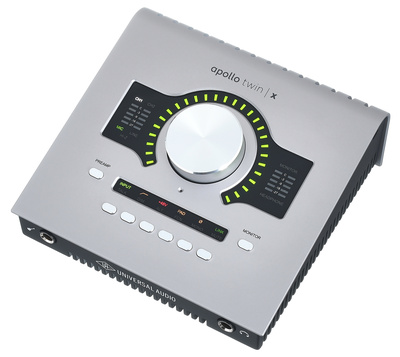

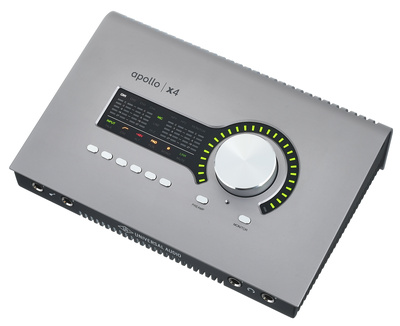

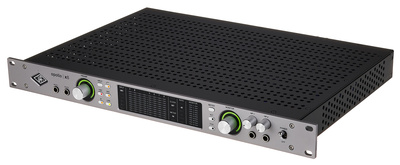
External DSP Solutions: Antelope Audio Synery Core
Antelope Audio’s Synergy Core DSP acceleration engine allows you to offload processing onto your audio interface. These systems start at just under $600 for the Zen Quadro Synergy Core, all the way up to nearly $10,000 for the monster Galaxy 64 Synergy Core with its 12 DSP cores and 2 FPGA chips.
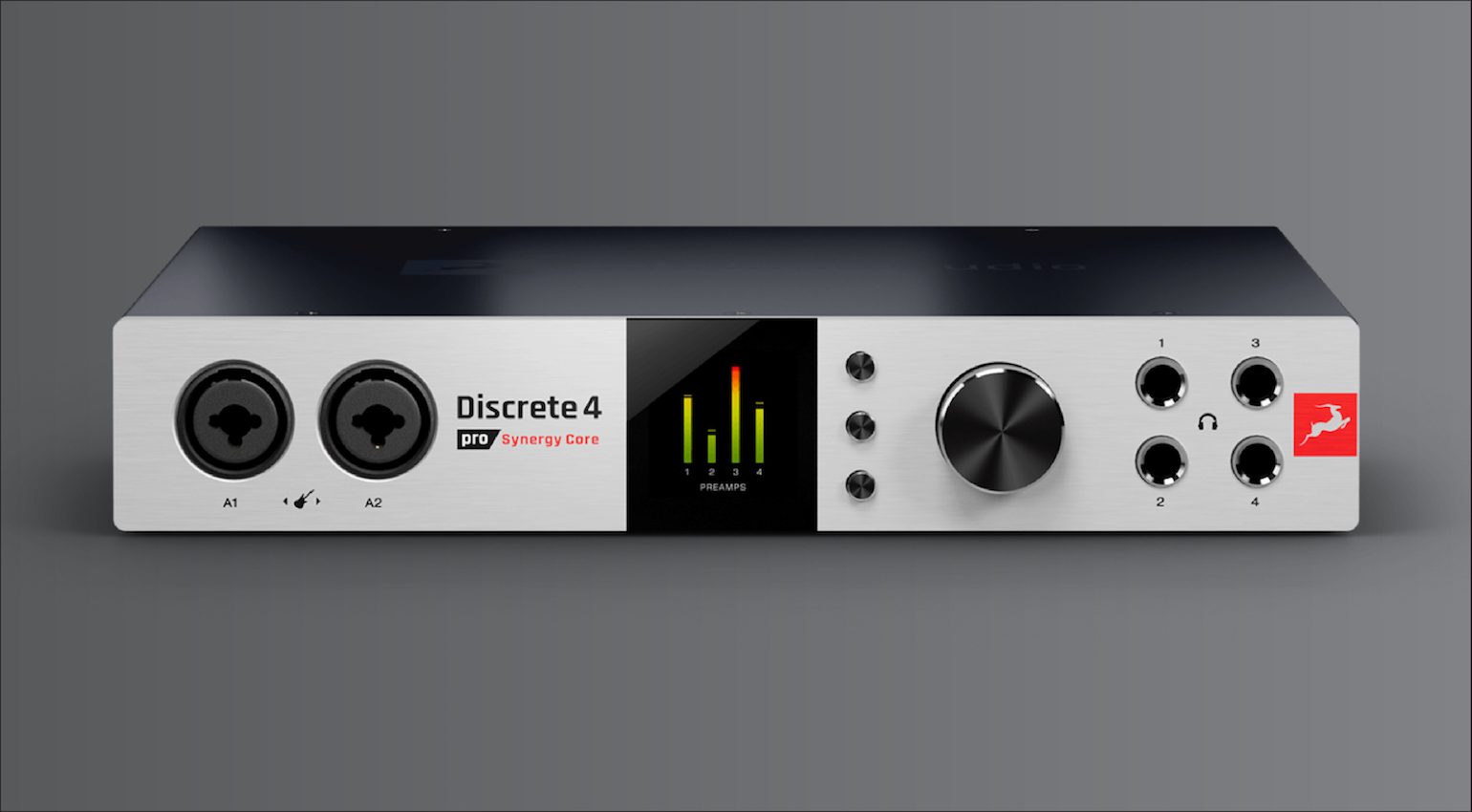
Like the UAD DSP acceleration, the system exclusively uses Synergy Core plugins. This collection of 92 high-quality analogue modelling processors and effects plugins ranges from classic hardware dynamics and EQ units to industry-standard 3rd-party effects like Antares AutoTune.
In addition, there is a range of guitar processors, including effects pedals, guitar amps, and cabinets, so you can dial up all your favourite tones without putting strain on your CPU. Antelope has even managed to add the Synergy Core system to a microphone, giving it onboard low-latency effects processing.

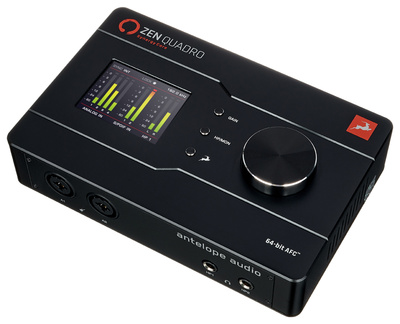

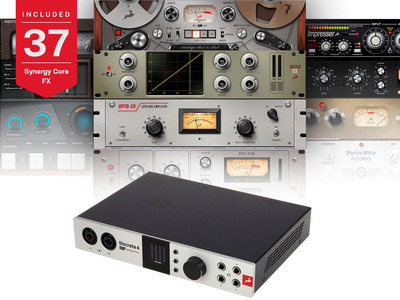

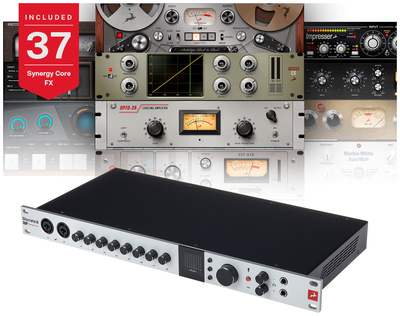
External DSP Solutions: McDSP APB
While the APB is not a DSP system, it does function in a similar fashion to one. In fact, this groovy green box is the complete opposite: an analogue processor with high-end 32-bit conversion, as well as Thunderbolt and wordclock connectivity that is completely controlled via a plugin interface.
The beauty of the APB is that with a choice of 8 or 16 channel units, you have a system that is constantly being updated. While originally, the system was exclusively compatible with Pro Tools and only featured six different processors, the APB has grown in leaps and bounds with a choice of 13 plugins for saturation, compression, EQ, and limiting.
In addition, the APB also features a low-latency mode, allowing Pro Tools users to mix and record with less than 5 milliseconds of latency. Overall, the APB is ideal for pros who mix in the box and want the type of character and dynamics shaping that plugins simply can’t achieve.

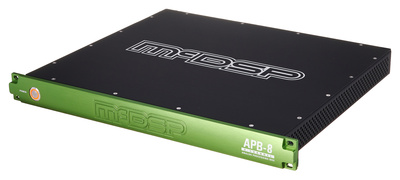

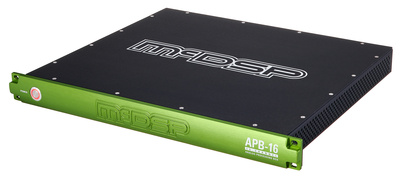
External DSP Solutions: Avid Pro Tools HDX
Although Pro Tools HDX is possibly the least accessible DSP solution available, it’s still seen as the only way forward for many Pro Tools users in the industry. With a single PCIe card going in the $5000 region, HDX is a major investment, and this does not even include the cost of your Pro Tools Ultimate license/subscription or a compatible audio interface.
You can link up to three cards for a total of 192 channels, and there are two HDX modes. In Classic mode, you can stream up to 256 voices at 48 kHz, while Hybrid mode can stream 2048 voices at different sample rates. This is made possible with the 18 DSP cores and the two FPGA chips that deliver extremely low latency.
While HDX systems are extremely expensive, they offer a great deal of flexibility and expandability. Another factor is that because you will be relying on an HDX system for most of your processing, you are freed from the ball and chain of having to purchase a new studio computer every other year.

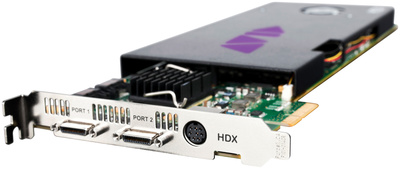

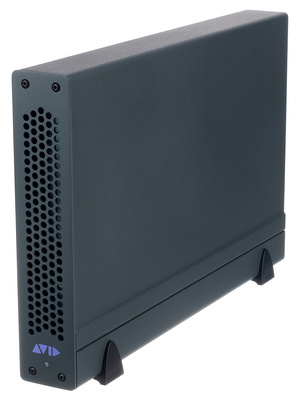
External DSP Solutions: Waves Proton SG Server
Waves gives you a compact and cost-effective DSP package in the new Proton SG Server. Offering low-latency real-time processing at 48 kHz, the Proton is useful in both studios and live sound environments.
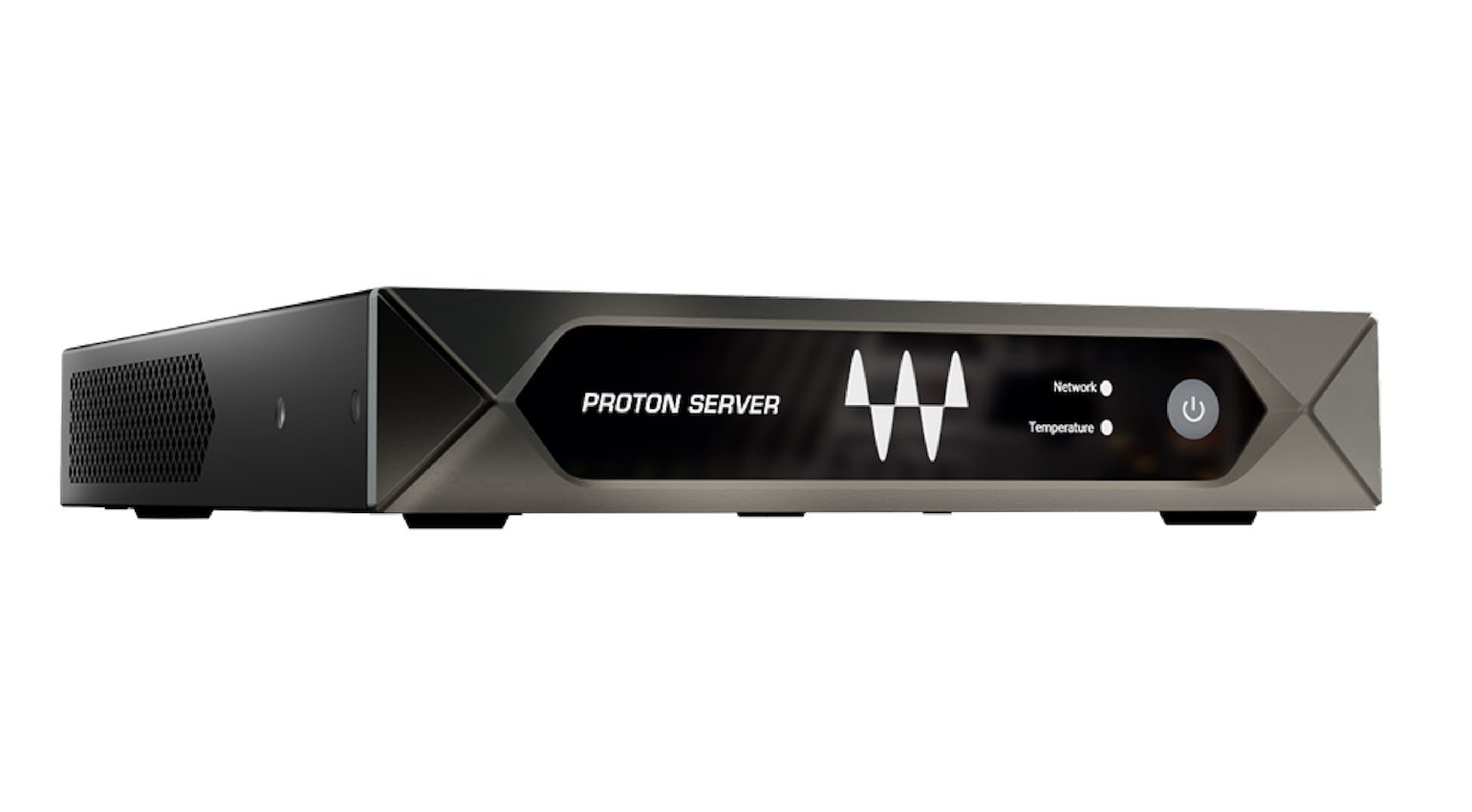
With its lightweight but durable aluminium casing and small form factor, the Proton is extremely portable and is also rackmount-ready. Furthermore, it’s compatible with any SoundGrid interface and will also work with non-SoundGrid interfaces via SoundGrid Connect.
In addition, it combines easily with the Axis Proton and the eMotion LV1 mixer if you wish to expand your live setup at a later stage.

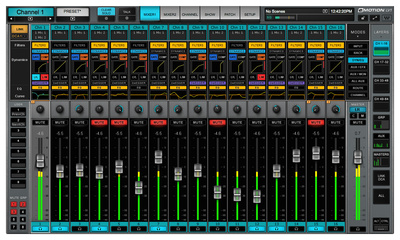
External DSP Solutions: Universal Audio UAD-2 Satellite Thunderbolt 3 OCTO Core
If you want DSP acceleration without an audio interface, the Satellite Thunderbolt 3 OCTO Core is a sure bet for expanding your system’s processing power.
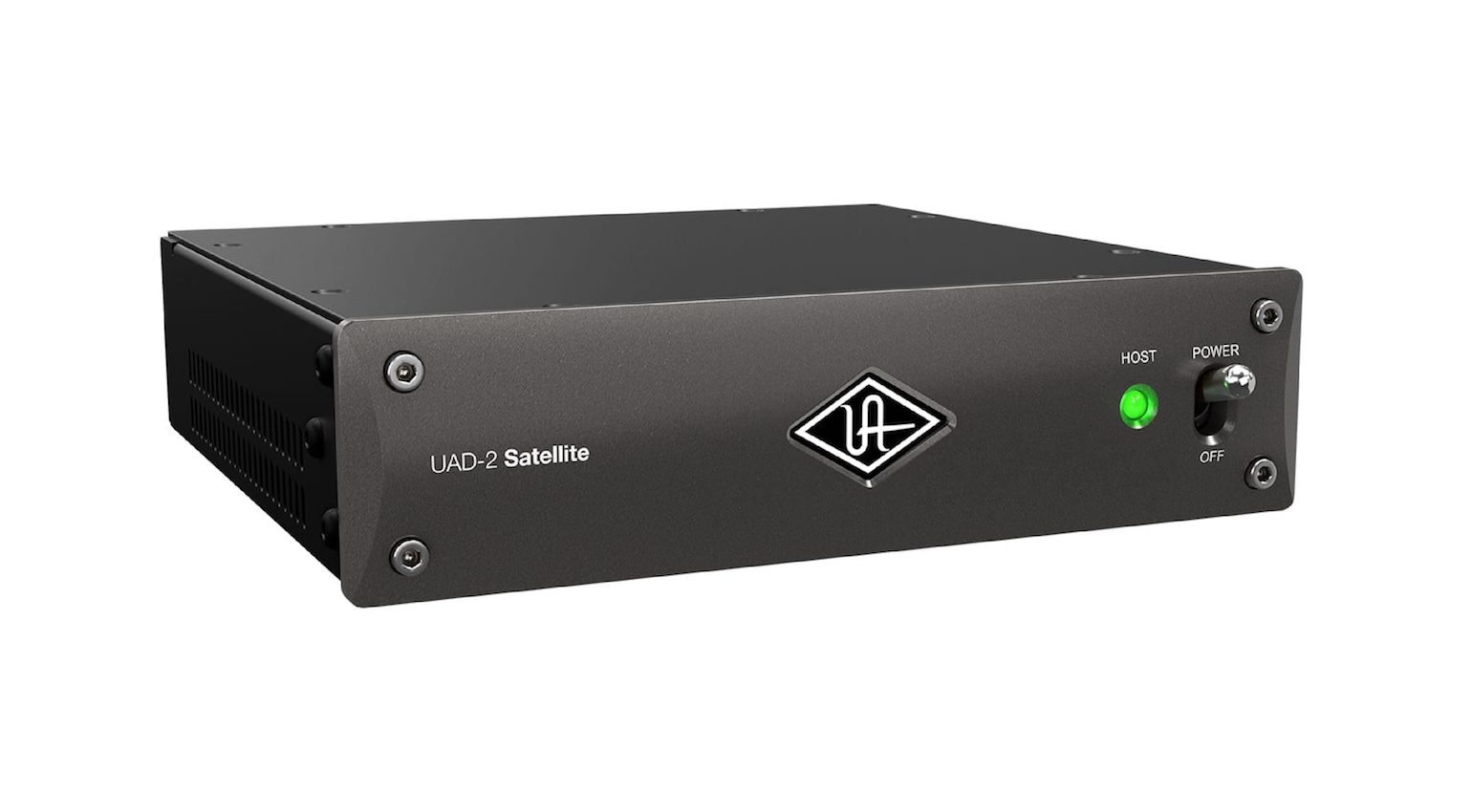
With eight SHARC processors, you have enough DSP to run multiple instances of UAD’s sought-after plug-ins. The Satellite Octo comes with the Analog Classics bundle and gives you access to the entire UAD plug-in library.
Although the quality is undeniable, this is an extremely pricey DSP solution, and it does not save you from still having to purchase more plug-ins. It’s also well built and portable, so if UAD is your flavour, then the Satellite OCTO Core is for you.

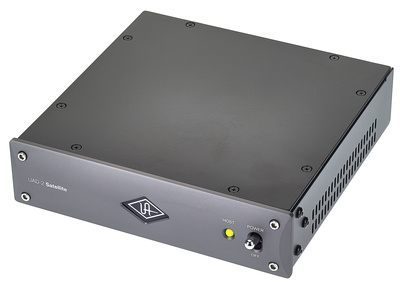
External DSP Solutions: Avid Pro Tools Carbon
In this price range, the array of available options for interfaces and AD/DA converters becomes extremely competitive. Your choice will come down to personal taste and the DAW you’re using.
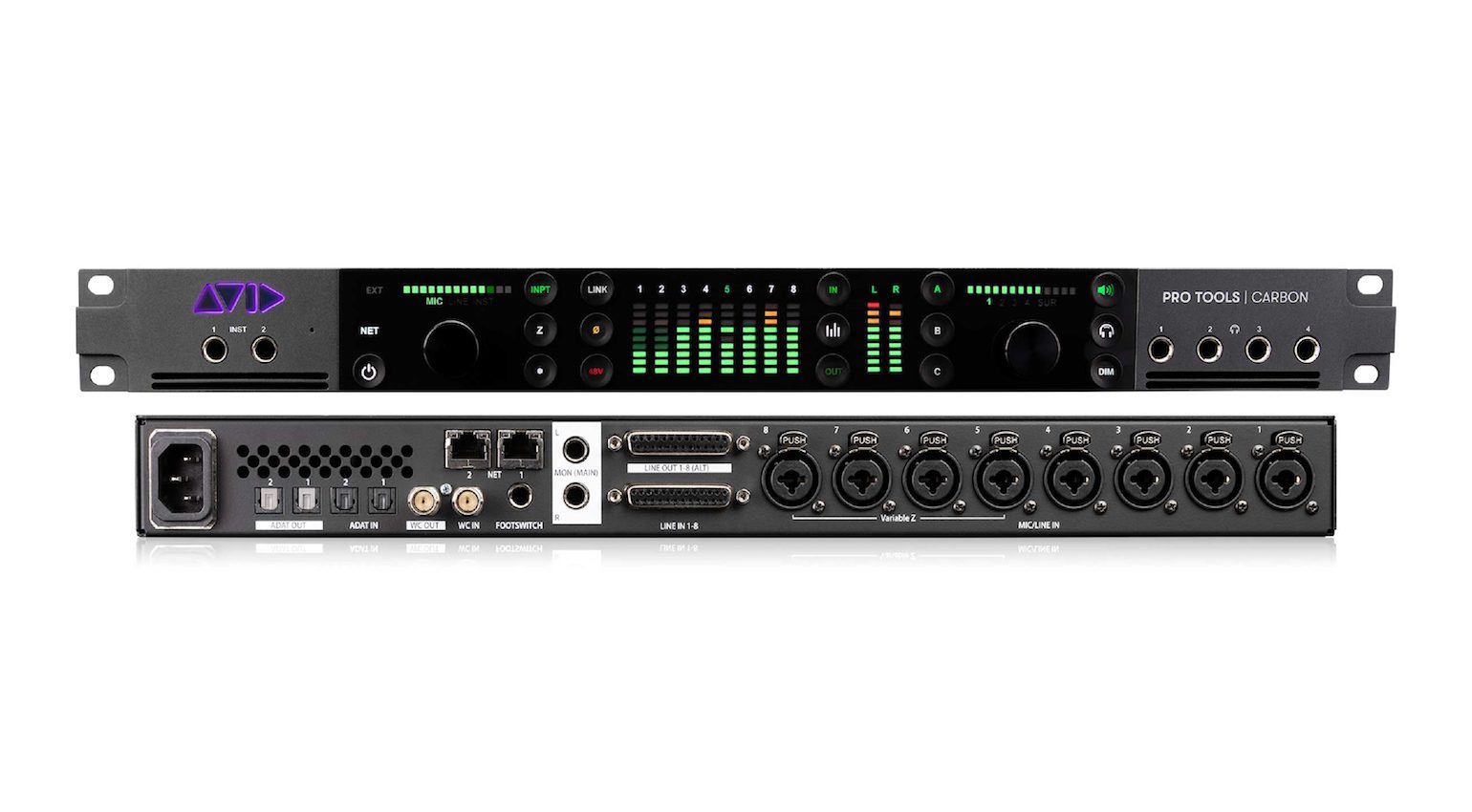
As a Pro Tools Ultimate user, the Carbon has all the features you’d expect, and you don’t have the drawback of being stuck with one brand of plug-ins. The Pro Tools Carbon has eight HDX cores that work in tandem with your system’s native CPU.
You also get over 115 plug-ins from the Avid Complete Collection as an added bonus. It’s costly, yes, but overall, there is a huge amount of value for Pro Tools users.
More about External DSP:
*Note: This article contains affiliate links that help us fund our site. Don’t worry: the price for you always stays the same! If you buy something through these links, we will receive a small commission. Thank you for your support!
3 responses to “External DSP Solutions: Is Acceleration still Worthwhile?”

 3,0 / 5,0 |
3,0 / 5,0 | 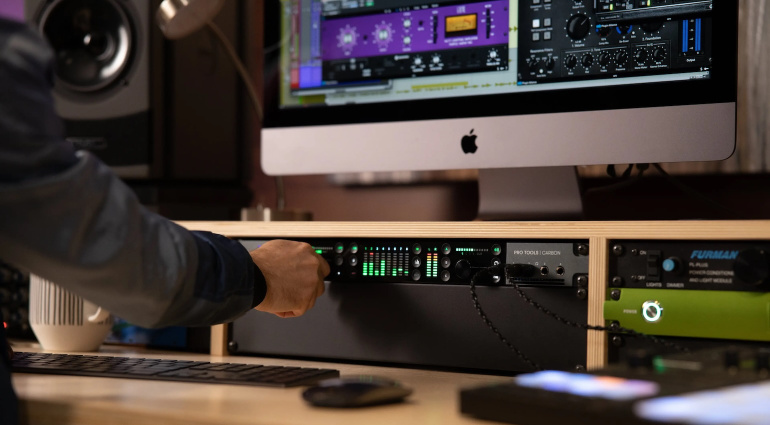


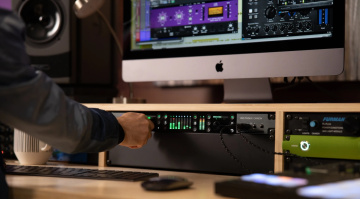

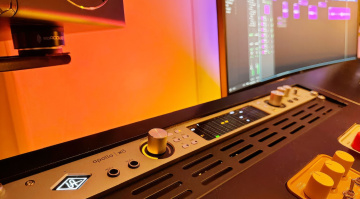
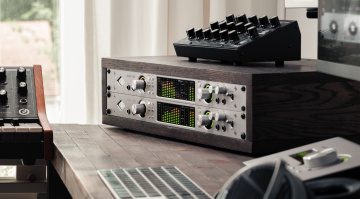
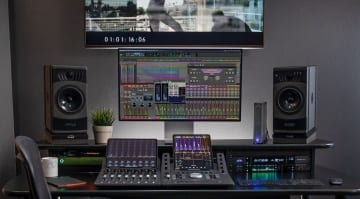
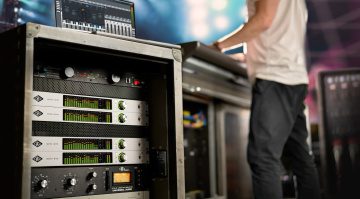

Problem with Antelope is that you need first to register, even if you want to use the soundcard without plugins and this for every new pc/mac that you connect to it for the first time. In my case, when I don’t use it for a certain time, I always run into problems when I start up again and it’s asking for updates while this is all disabled. And they’re doing nothing about it. Do UAD users also have to register first and on each computer?
No, you just purchase a plug or a bundle, Then you bring up the UAD connect software and activate all plugs
For home or small studios it’s a waste of money. Professional studios don’t think of money like that, they put their investments in their tax release and expenses.